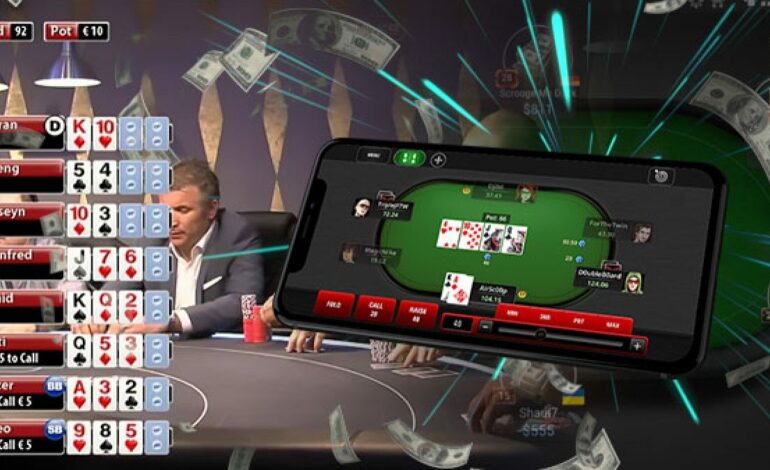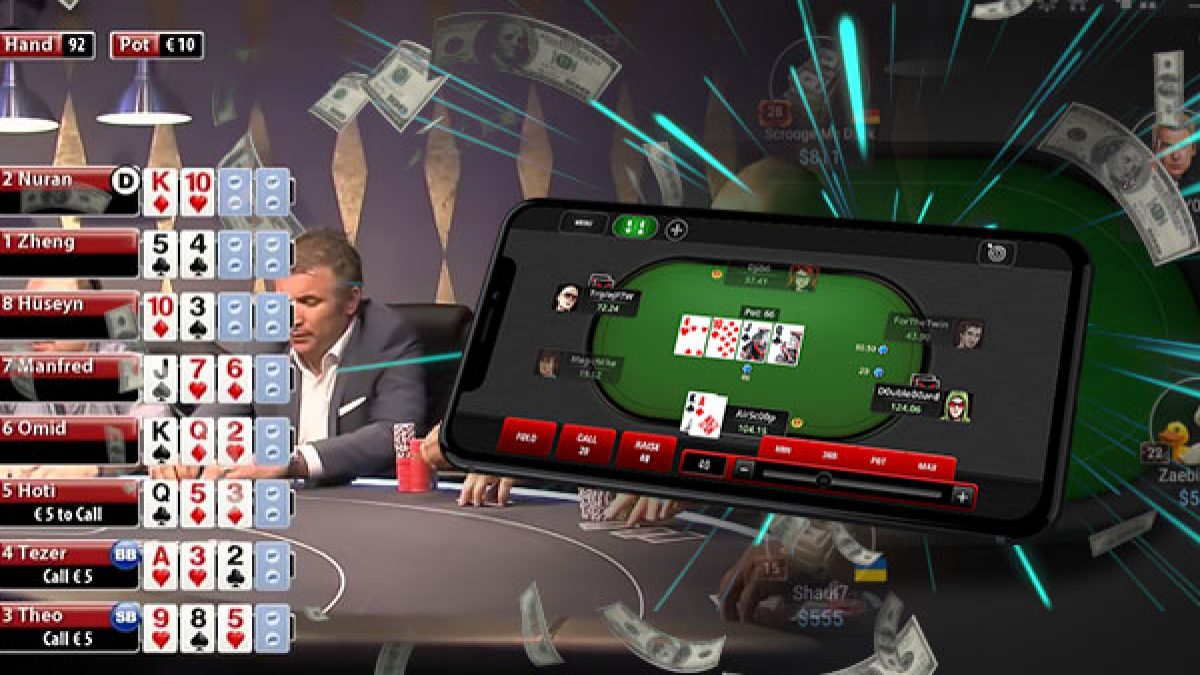Explain about the Rules for a Poker Tournament

Poker tournaments are a popular form of competitive poker where players compete against each other to win chips and ultimately claim the tournament’s top prize. These tournaments are structured with specific rules to ensure fairness and consistency across all games. Poker tournaments are typically played in several stages. Each stage of a tournament is called a period, and each period can be further broken down into sub-periods, which are called levels. Each level may have specific Poker rules to ensure fairness and consistency across all players. In this article, we will delve into the rules for a typical poker tournament.
What is Poker?
Poker is a card game that is played with a standard deck of 52 playing cards. The standard poker deck consists of 4 suits, each containing 13 cards: 7, 8, 9, 10 & Jack (4 of each), 4 Aces, and 1-2 Jokers. Each player receives some number of chips, and traditionally, 5 cards are dealt to each player face-down. The players then take turns in community-style clockwise rotation, placing one or more bets called blinds or antes before the first turn begins. On subsequent turns, the players only bet if they want to stay in the hand.
Stages of a Poker Tournament
A Poker tournament is composed of several main stages: bull, small blind, antes, flop, turn, and river. The games are run with a predetermined number of tables per tournament, but for ease, we will discuss 4 tables in the following explanation. In each game, players may bet up to their chip stack size as well as raise during the pre-flop and post-flop parts of each game. All bets and calls must be made before a hand begins, and no holding cards can be shown at any point in the game. Any bets placed on the turn or river must still be made before any cards are revealed.
Poker Rules for Poker Tournament:
1. Tournament Structure: Poker tournaments come in various formats, including single-table, multi-table, and online events. Each has its unique rules, but they all follow a general structure. Players start with a set number of chips, and the goal is to win chips from opponents until one player accumulates all the chips or meets a predetermined objective, such as reaching a specific time limit or eliminating a certain number of players. Each table has a fixed number of players, and each player only plays one game at a time.
2. Chip Stacks and Betting: Each player puts down their ante or blinds (usually 3-5 chips), then everyone’s blinds are passed to the left around the table and folded into the middle. Each subsequent bet is a new blind. Players can either fold or call bets on each round unless they think they have a chance to win another hand before it is completed.
3. Betting Limits: Players are limited to one bet per round. There is a limit on the amount you can bet, but not on how many rounds you can play before having to pass and call. Any player who bets out after the limit is reached is said to “go all in.”
4. Blinds: The blinds are 3, 6, and 9 times the big blind (the minimum bet) for levels 1-3. If there’s no big blind, the blinds are usually 3-5 times the big blind for levels 1-, 2- and 3-; otherwise, they will be named by adding a number of chips with increasing values until a maximum is reached or until there’s no more room for names (level 0).
5. Pre-Flop: Before any cards are dealt, each player must place a bet (or check). This bet acts as an ante before any cards are revealed, and it starts at 2-5 chips, depending on the poker room’s rules. The person seated left of the dealer gets the first crack and can check or bet from 2-5 chips. This continues around clockwise until everyone has either checked or bet with all 5 of their starting chips.
6. Tournament Clock: If a player is not present at the table in time to place their bet, they are timed out. If a player does not act within the allowed time limit, they are automatically folded and out of the hand. For short tournaments with 2 tables, players get 25 seconds to act at the table, whereas, in longer tournaments with 6 or 8 players, there is 36-60 seconds of thinking time.











